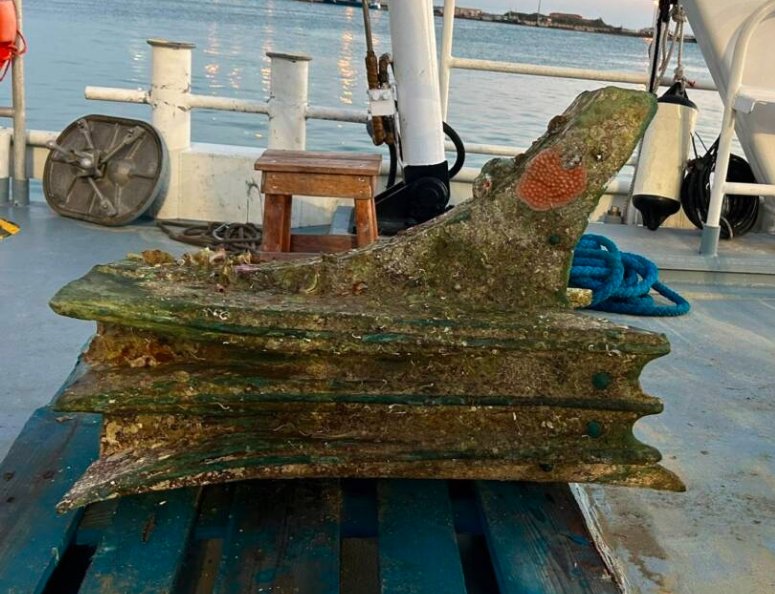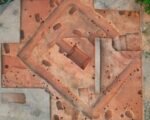A remarkable discovery has been made near the Aegates Islands off the coast of Sicily: a 2,300-year-old Roman naval ram. This artifact, used during the Battle of the Aegates Islands in 241 B.C.E., offers a tangible connection to a pivotal moment in ancient history. The battle marked the end of the First Punic War, a conflict that significantly shaped the future of the Roman Empire. The naval ram, found 260 feet underwater, is a testament to the intense maritime warfare between Rome and Carthage.
The Significance of the Battle
The Battle of the Aegates Islands was a decisive naval engagement between Rome and Carthage. Fought on March 10, 241 B.C.E., it marked the culmination of the First Punic War. The Roman fleet, under the command of Gaius Lutatius Catulus, faced off against the Carthaginian fleet led by Hanno. Despite being outnumbered, the Romans managed to secure a decisive victory. This battle effectively ended Carthage’s dominance in the western Mediterranean and paved the way for Rome’s expansion.

The victory at the Aegates Islands was not just a military triumph but also a strategic one. Rome’s ability to blockade Carthaginian supply lines and force a naval confrontation demonstrated their growing naval prowess. The battle’s outcome forced Carthage to sue for peace, leading to the Treaty of Lutatius. This treaty imposed heavy reparations on Carthage and ceded control of Sicily to Rome, marking the beginning of Roman hegemony in the region.
Discovery and Recovery
The naval ram was discovered by the Sicilian government agency Soprintendenza del Mare. Found at a depth of 260 feet, the ram was recovered using deepwater submarines and the oceanographic research vessel Hercules. The artifact was then transported to the island of Favignana for further study. The ram, known as a rostrum, is made of bronze and features intricate designs, including a Montefortino-type helm with three feathers.
The discovery of this naval ram adds to a growing collection of similar artifacts found in the region. Each new find provides valuable insights into ancient naval warfare and the technological advancements of the time. The ram’s preservation and the detailed study of its inscriptions and design will help historians better understand the tactics and strategies employed during the Punic Wars.
Historical Context and Impact
The First Punic War, lasting from 264 to 241 B.C.E., was a protracted and brutal conflict between Rome and Carthage. The war was primarily fought over control of Sicily, a strategically important island in the Mediterranean. The Battle of the Aegates Islands was the final and decisive engagement of this war. Rome’s victory not only secured their dominance over Sicily but also marked the beginning of their rise as a major Mediterranean power.
The naval ram’s discovery is a poignant reminder of the intense and often brutal nature of ancient warfare. It also highlights the importance of naval power in the ancient world. The ability to control the seas was crucial for the expansion and maintenance of empires. The Punic Wars, and particularly the Battle of the Aegates Islands, underscored the significance of naval supremacy in determining the outcome of conflicts.













